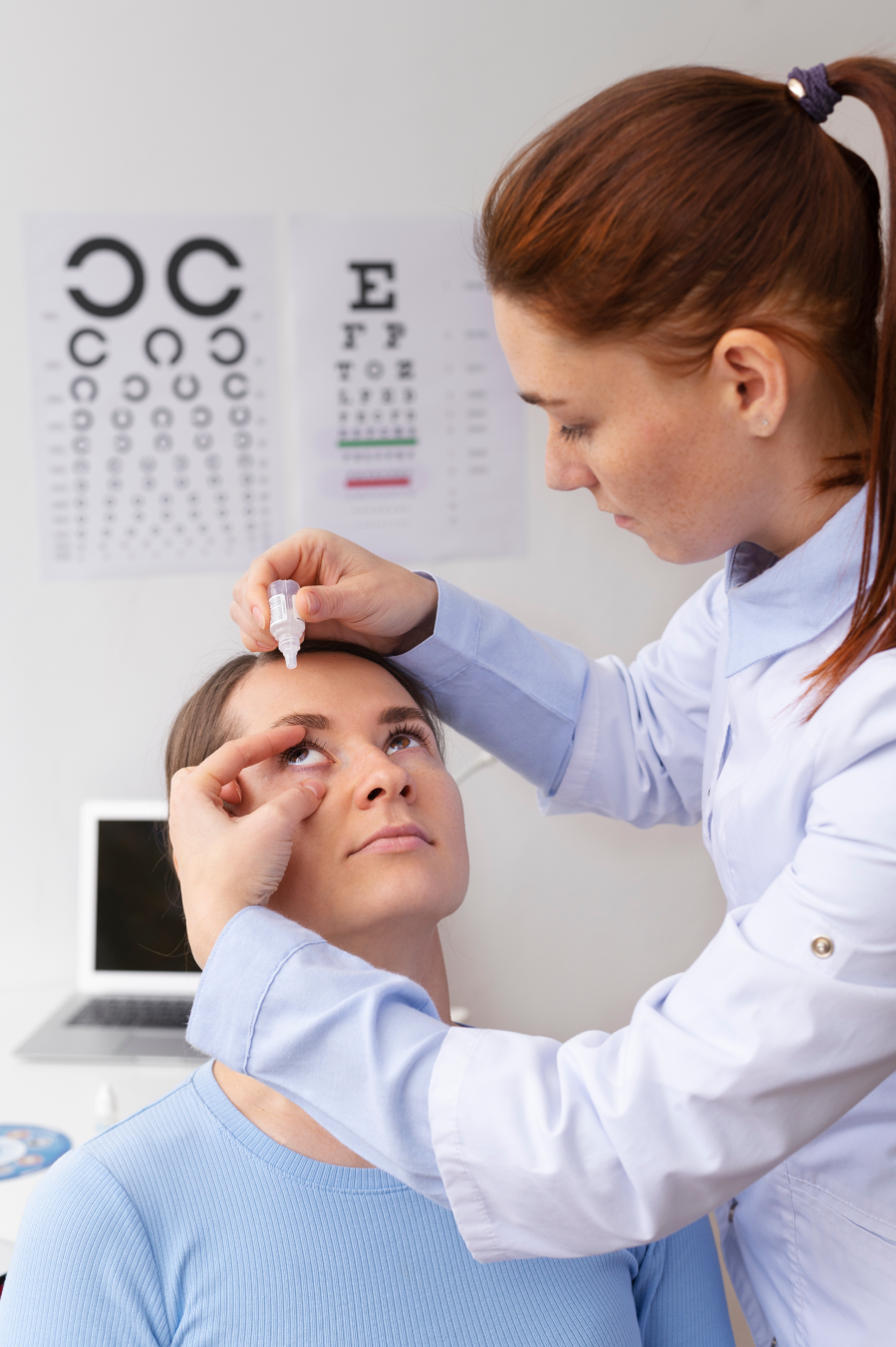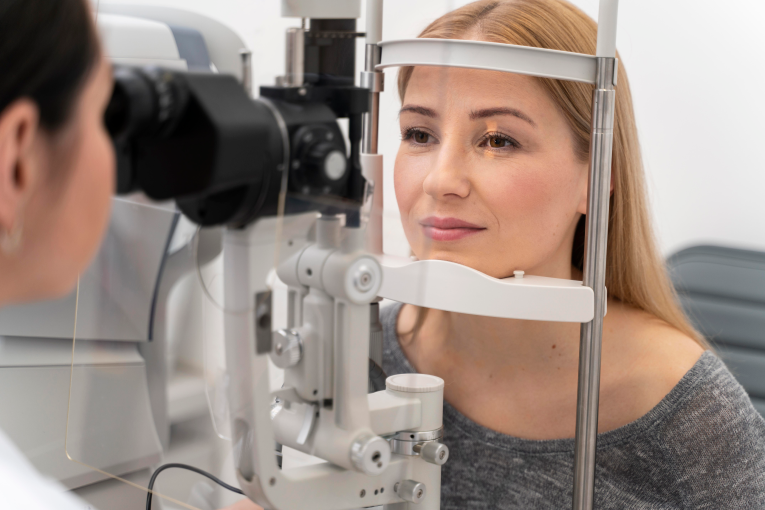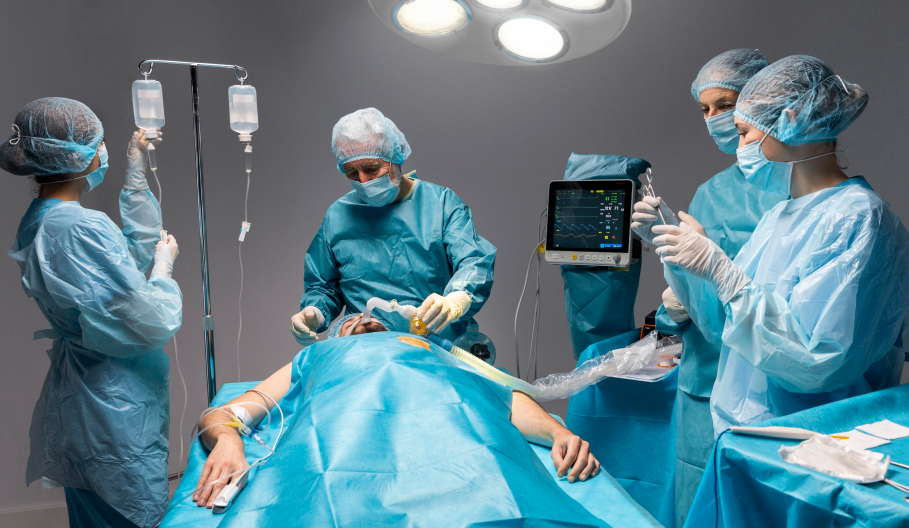Bringing Clarity to your Vision

Refractive errors are a type of vision problem that makes it hard to see clearly. They happen when the shape of your eye keeps light from focusing correctly on your retina (a light-sensitive layer of tissue in the back of your eye).
Read Me!
Retinal surgery has a high success rate, and for most people vision is preserved. However, in some people, there may be a recurrence of retinal detachment that may require two or more surgeries to treat. Risks and complications of all retinal surgeries include bleeding and infection.
Read Me!
Cataract surgery is a procedure to remove the lens of the eye and, in most cases, replace it with an artificial lens. A cataract causes the lens to become cloudy when it is typically clear. Cataracts can eventually affect vision. Cataract surgery is performed by an eye doctor, also called an ophthal
Read Me!
Your surgeon makes an opening in the skin of your upper eyelid. This allows the surgeon to find the small muscle that raises your eyelid. The surgeon places stitches to tighten this muscle and raise your eyelid. The incision in the skin of your eyelid is then closed with more stitches.
Read Me!
A cornea transplant is an operation to remove all or part of a damaged cornea and replace it with healthy donor tissue. A cornea transplant is often referred to as keratoplasty or a corneal graft. It can be used to improve sight, relieve pain and treat severe infection or damage.
Read Me!
Self care. You may be able to manage your dry eyes with frequent eyelid washing and use of nonprescription eye drops or other products that help lubricate your eyes. If your condition is long term (chronic), use eye drops.
Read Me!